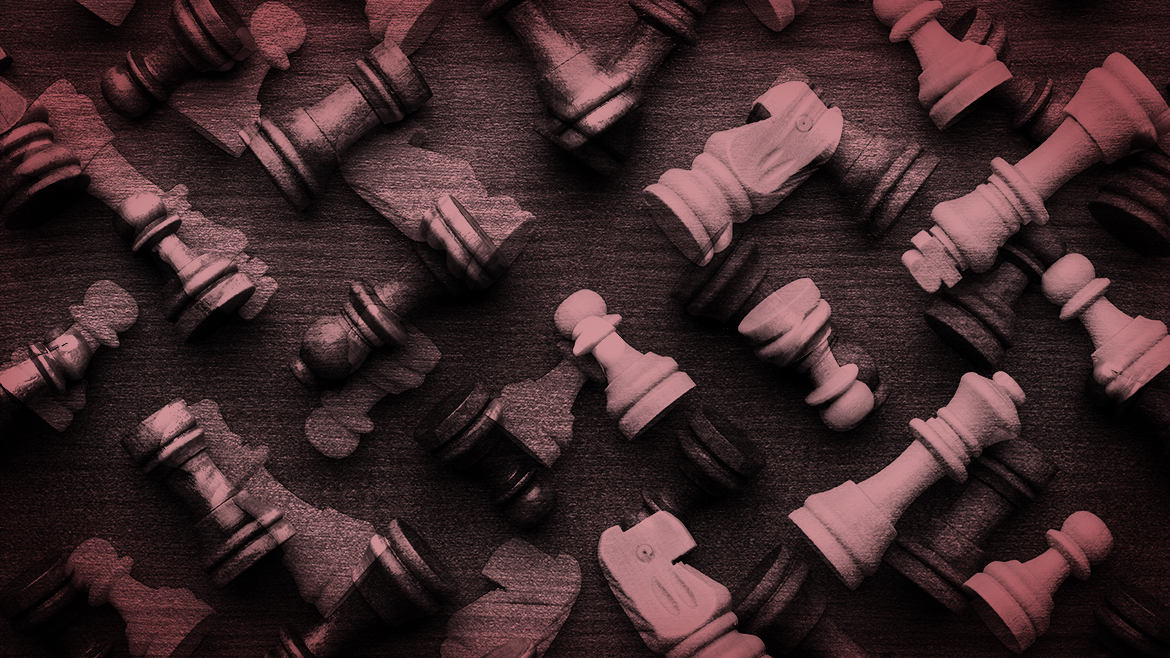As an ever increasing number of newly wealthy consumers from emerging economies can now afford the status symbols, the premium whisky, the luxury watches, the latest ‘IT’ bag - the artifacts of prosperity, the luxury consumers from the developed economies are, in turn, no longer satisfied just to own the status symbols with the right logo.
Instead, these luxury consumers have an increasing thirst for knowledge and learning. They want to be involved with the stories that come with a brand. They also seek discretion, special access and even surprise. Most of all, they want meaning, authenticity and connection.
The future of luxury will be less about communication from corporations fronted by their logos, more about making connections to the people behind the brand: the artisans, farmers and experts that can equip customers with the skills and stories that this new luxury status is driven by.
This trend incorporates the full spectrum of high-end consumption, from luxury cars and clothing to luxury food and drink. We now live in a world where you can lease a cow and have the cheese made from its milk delivered to you personally (along with the story of how the milk used to make the cheese differs in flavour depending on the type of alpine herbs in the fields where the cow grazes).
To move with this trend, forward-thinking luxury brands must meet the emotional demands of the new luxury consumer. They must understand that ubiquity is the enemy of luxury. There is an increasing demand, for instance, for members-only services and special access, typified by ‘Hublotista’ - an exclusive club for owners of Hublot watches, which offers special content as well as opportunities to meet other Hublot lovers and get connected to the brand’s insiders.
Emotional consumers
Essentially there are five customer emotions that luxury brands must now deliver to luxury consumers. The first is about indulgence. Versace, Missoni and Armani are just three examples of luxury brands that have opened hotels and spas, offering 'me time' experiences to their customers which go beyond a fashion brand's traditional core.
Connecting is the second important part of luxury: the feeling of belonging and being ‘in the know’ with sociability at its core. This is emphasised by the explosion in membership of private members clubs. At Dunhill, for instance, the traditional store extends beyond the suits, aftershave and watches associated with the luxury menswear brand. Now, a Dunhill spa, barber and private cinema is all part of the retail experience.
The third emotion is ‘questing’. Customers are turning to luxury brands that offer learning, adventure and discovery. Luxury whisky brands like Highland Park offer visits to production facilities and tastings. Brand Ambassador Martin Daraz is even available for dinner so that whisky aficionados can share five Highland Park expressions from 12 to 30 years old. Meanwhile, Porsche devotees can indulge in the history, technology and even the food behind the luxury car marque at the Porsche Experience Centre, located alongside the UK's F1 racing track at Silverstone.
The fourth emotion is doing good. New luxury consumers are associating themselves with brands that are responsible, act in a sustainable way and have a moral purpose at their core, in part to alleviate the personal guilt and community criticism that often accompanies luxury consumption.
The last of these five emotions is self expression (in other words, the signaling to others of the idea of ‘self branding’). Luxury consumers are turning away from brand slavery and overtly flaunting logos. They are mixing and personalising brands to express themselves as individuals. Customers are combining luxury with mainstream, new and vintage. They are re-purposing and up-cycling. We are experiencing the growth of a ‘brand hacking’ culture and it is this personalised, mashed up, made-for-me approach that is at the core of new luxury.
The views and opinions expressed in this article are those of the authors and do not necessarily reflect the views of The Economist Intelligence Unit Limited (EIU) or any other member of The Economist Group. The Economist Group (including the EIU) cannot accept any responsibility or liability for reliance by any person on this article or any of the information, opinions or conclusions set out in the article.




